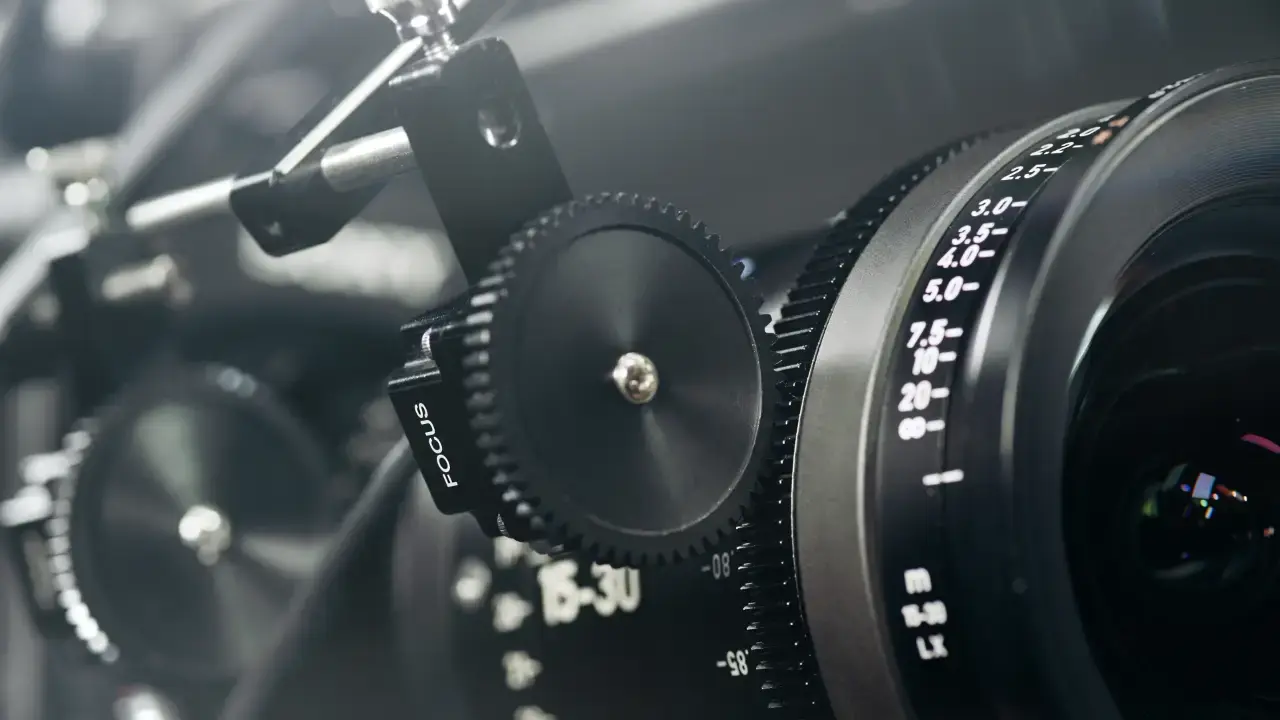
ZEISS has unveiled a significant update of its ZEISS CinCraft Scenario camera tracking system which, amongst other things, opens up the possibilities of working with any spherical lens.
ZEISS's CinCraft Scenario hits v2.1 with this latest release and now allows users to manually calibrate lenses when no pre-filled template is available. Available as of now, this opens the possibility to work with any spherical lens.
Users can simply initiate a calibration by inserting lens details (e.g. engraved barrel marks like focus/iris/zoom) into the CinCraft Scenario Software and performing an initial calibration using a chart. They can then adjust and finetune the calibration until satisfactory results are achieved. The calibration steps for spherical lenses are designed to be straightforward and easy to deploy while still delivering excellent results. “This update allows CinCraft Scenario users to create a lens template from scratch with ease, enabling tracking with any third-party lenses,” says Christophe Casenave, Head of Business Unit Cinematography at ZEISS.
Users can also manually enter measurements for the CamBar to main camera offset instead of relying on the automated ‘Offset Assistant’. “This offers a faster method to update the offset without needing the chart method, which can sometimes be restrictive on set," says Tom Evans, Product Manager for ZEISS CinCraft. Users can quickly input manual measurements without temporarily switching to a wider lens and can store commonly used offsets, making it easy to apply these values when switching between known camera setups.
Rather usefully, CinCraft Scenario 2.1 now automatically detects the clip name on ARRI and Sony cameras and stores this alongside the tracking data, simplifying the process of matching the correct take in Export. For cameras that don’t provide a clip name automatically, users can manually input it during recording.
The new version also features an enhanced Export 2.0 update. “With Export 2.0 we are increasing comfort and value in use of tracking data for post-production”, says Evans. The new Undistortion ST Maps can be used to undistort camera plates, eliminating the need for shooting lens grids during camera prep. When paired with the matching distortion maps from Export, this allows for easy reapplication of lens distortion in the final stages of compositing.
And lastly, the Export Point Cloud provides VFX artists with data detailing the camera's position during production. The point cloud contains all the features that were used for tracking and will help visualize the space around the camera, which makes aligning the camera in post-production much easier. The point cloud will be provided in two formats: PTS for Unreal Engine and FBX for Nuke.
Read more in the full release notes here.
tl;dr
- ZEISS has released version 2.1 of the CinCraft Scenario camera tracking system, enabling manual calibration for any spherical lens when no pre-filled template is available.
- Users can now enter lens details directly into the software and fine-tune calibration, along with manually inputting measurements for the camera offset for a more efficient workflow.
- The update includes automatic detection of clip names for ARRI and Sony cameras, simplifying the process of exporting tracking data, and allows for manual input when necessary.
- The enhanced Export 2.0 feature introduces Undistortion ST Maps and Export Point Cloud, aiding post-production by eliminating the need for lens grids and providing detailed camera position data.
Tags: Production Lenses Zeiss


Comments